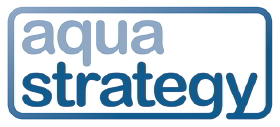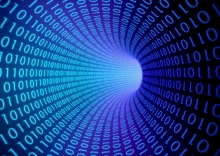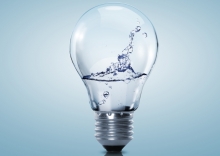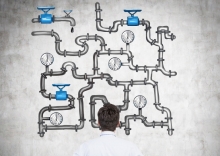- News
Issue:
The European Commission has published its 2017 list of critical raw materials – those assessed as being of high importance but where there is also a high reliance on supply from outside of the EU. Phosphate rock remains on the list, having been added in 2014, and phosphorus is a new addition in the 2017 list. The listings will therefore support ongoing efforts to recycle phosphate as part of water sector progress towards a circular economy.
The move was welcomed by the European Sustainable Phosphorus Platform, which said that the addition of white phosphorus (P4) followed input from ESPP and industry.
‘ESPP welcomes the inclusion of P4 onto the Critical Raw Materials list because this will stimulate development of processes to upcycle P4 from secondary raw materials, so contributing to the Nutrient Circular Economy, creating jobs in the EU and reducing import dependency of high-value EU industry sectors,’ the organisation commented in a statement.
ESPP has also submitted comments in response to European Commission draft proposals to revise the EU Fertilisers Regulation (STRUBIAS). The proposals cover EU criteria for recovered struvite and phosphate salts, recycling of ashes and for biochars.
ESPP commented that is welcomes progress being made but expressed ‘particular concerns’ about the proposed criteria for recycling ashes into industrial fertiliser production. ESPP noted the high proportion of sewage sludge that is incinerated in Germany and Switzerland, and that legislation in these countries will require phosphorus recycling from sewage. A number of processes are able to recycle phosphorus from sewage sludge incinceration ashes. ‘The wording currently proposed will exclude all phosphorus recycling routes from sewage sludge incineration ashes which are today operational,’ ESPP commented, adding: ‘This should be an important phosphorus recycling route.’
Keywords:
- Europe, phosphates, resource recovery






